Posted by: Laura
Travel dates: 6.30.08- 10.25.08
If you tell someone in the US that you’re traveling to Africa, they are generally intrigued and apprehensive at the same time. Aren’t there children walking around with AK 47s? Aren’t there strange rare diseases? What about the wars?
After traveling Southern and Eastern Africa for almost four months, I can tell you that I saw more guns in the country of Guatemala than I did in the continent of Africa. In fact, a group of black South Africans was surprised to learn that all Americans didn’t walk around carrying guns. They had gotten this idea from American movies. To tell you the truth, most of the Africans we met couldn’t afford to buy a gun. With the exception of Cape Town and Nairobi, I felt completely safe walking around all of the towns and cities we visited.
As for our health, the travelers diarrhea that plagued us in Latin America was gone during our African travels. I think people forget that strange and rare diseases are strange and RARE.
While I would not recommend going to Democratic Republic of Congo, Chad, Somalia, or Zimbabwe right now, the surrounding countries are peaceful. The situation is not dissimilar to Panama. The majority of the country is fine, but I wouldn’t travel through the Darien Gap in eastern Panama, which is held by Columbian rebel groups.
Africa has some of the most exotic and amazing experiences of our trip. I have ridden an ostrich, held a baby cheetah, bungee jumped off the world’s highest bungee, slept on the floor of a mud hut, hand fed wild hyenas, kissed a giraffe, pet a baby elephant, and stood 30 feet from a silverback mountain gorilla. I have met some of the most hospitable and amazing people. Children would come up and hold our hands just to walk with us. Adults would ask us where we were from and how we liked their country. Just when I thought they would try to sell me something, they would say “Welcome to my country.”
While travel in this country is rough, a few flights between cities can alleviate most of the headaches we encountered. So I highly recommend that you visit the following places.
Best of Southern and Eastern Africa (South Africa, Mozambique, Malawi, Tanzania, Kenya, Uganda, Ethiopia)
Best City: Cape Town, South Africa. Take a cable car up Table mountain for views of the bay, eat at fantastic restaurants, and visit the aquarium. Just don’t walk around at night.
Best Town: Zanzibar, Tanzania. Many of you will get Christmas presents from Zanzibar because it sounds cool to give someone a present from an island called Zanzibar and because they have great shopping. One of the highlights of the trip was feeding spinach to a 100 year old giant tortuous. If you need an exotic vacation, this is the place to go.
Best Meal: Restaurant Addis in Cape, Cape Town, South Africa. This restaurant was so good that we decided to add the country of Ethiopia to our itinerary. It’s not often you can say that about a restaurant.
Best Local Food: Ethiopia. Injera is a like a sourdough pancake. You order small side dishes of amazing spices and meats. You pour these on your injera, and tear off small pieces of the bread and scoop the food into your mouth. Now, I don’t mind paying for a good meal and I really don’t mind paying $1.50 for a fantastic meal.
Best Coffee: Ethiopia. In the late 1800’s the Italians tried to colonize Ethiopia, but they were defeated. Thus, the Italians, the best coffee makers in the world, came into contact with the Ethiopians, the best coffee growers in the world. The result was the best cappuccino I’ve ever had. We visited Cafe Tamoca in Addis Ababa four times every day for coffee.
Best Beach: Kendwa Beach, Zanzibar Island, Tanzania. The water is so turquoise and the sand is so white that you wouldn’t have to Photoshop your pictures for post cards.
Most Beautiful Country: Uganda. After looking at a flat expanse of dust for two months, Uganda the lush green country of Uganda is a welcome change. Lake Bunyoni is like a scene out of Lord of the Rings.
Most Beautiful Women: Ethiopia. Alissa, don’t ever let John Michael visit this country.
Best Animal Adventure (Chris’ pick): tracking Gorillas in Uganda. Bushwhacking through the Impenetrable forest is slow going, but standing 30 feet from a 450 pound gorilla is incredible.
Best Animal Adventure (Laura’s pick): safari in Ngorongoro Crater, Tanzania. Elephants, lions, buffaloes, giraffes, zebras, hippos, gazelles. It’s expensive, but worth it.
Best Animals in Captivity (Chris’s pick): Baby cheetah in Nairobi Animal Orphanage. Don’t miss the pictures of Chris holding this tiny ball of fuzz.
Best Animals in captivity (Laura’s pick): Giant Tortuous, Zanzibar, Tanzania. Turtles may move at the speed of molasses, but if you have a stalk of spinach in your hand, they will run you down.
Favorite Cultural Experience: Ekwendeni, Malawi. If you have friends in the peace corps, go visit them for the most authentic cultural experience you will find.
Best Place You’ve Never Head Of: Ilha de Mozambique. Guidebooks always talk about “off the beaten path.” Well, we’re still not sure if there is a road between Beira and Nampula in Mozambique. We had to take a plane flight. The island makes you feel like you’ve gone back in time. This is one of Chris’ favorite places in all of our travels.
Friendliest People: Ilha de Mozambique. You will leave Ilha with ten new best friends, fifty new pen pals, and wanting to adopt all the children on the island.
Most Bizarre Experience: Feeding Wild Hyenas in Harar, Ethiopia. Hyenas have the best endurance of any animals in the savanna. They can run for miles without tiring. They have the strongest jaws, which can bite through bones. And we fed them strips of meat with our hands.
Best Adrenaline Rush: World’s Highest Bungee Jump, South Africa. If you’re gonna jump off a bridge with an elastic cord tied to your feet, you might as well do it off the highest bungee jump in the world. I screamed all th way down.
WORST OF AFRICA
Worst Roads: Kenya. Prepare to spend hours bumping down unpaved dirt roads with pot holes the size of the Grand Canyon.
Worst Hassle: Arusha, Tanzania. We had two guys follow us around for two hours trying to sell us a tour. We tried to eat lunch so that they wouldn’t follow us, but they waited for us outside the restaurant. We did not use their company.
Worst Food: everywhere except Ethiopia. While there are some great restaurants in major cities, most towns have restaurants where you pick from: rice and beans, rice and greens, rice and chicken, beans and chicken, or rice, beans, and greens.
Most Emotionally Wearing: Ethiopia. You have to bargain in Ethiopia for everything from the room where to sleep to the bottle of water you drink. Everyone is trying to make a buck off you. Many people will start bargaining at outrageous and insulting prices. If you walk off, they follow you down the street.
Toughest Place to Travel: Northern Mozambique. Fly or rent a car.
Most Overrated: Lake Malawi. The lake is beautiful, but I have come to learn when someone describes a place as “chill” that means the only thing they did when they visited was smoke.


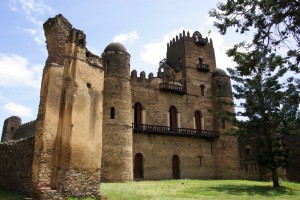
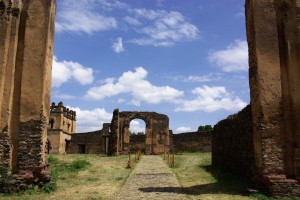
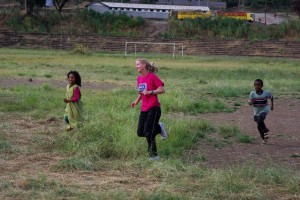 also churches, and a massive pool called Fasaladis’s Bath where every year a blessing ceremony is held.
also churches, and a massive pool called Fasaladis’s Bath where every year a blessing ceremony is held.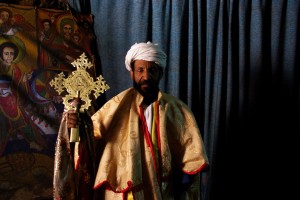

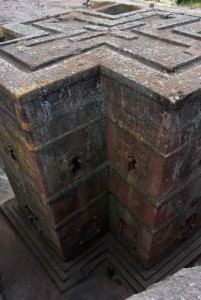
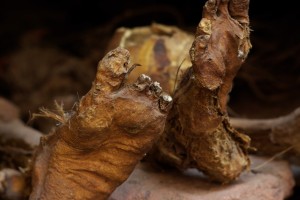
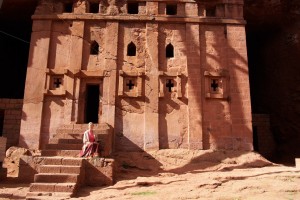
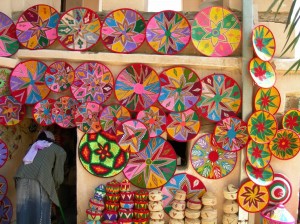
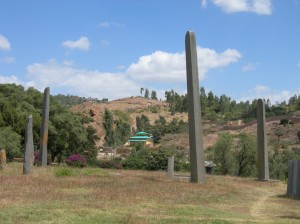
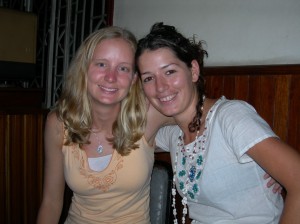
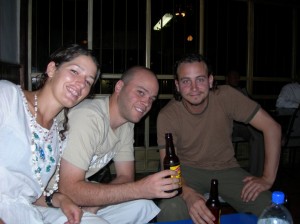
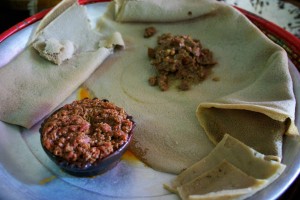
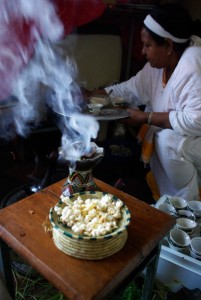
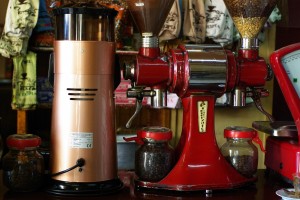
 were actively trying to block Ethiopia from trademarking 3 brands of coffee. Ethiopia got the trademarks and are now paid a lot more for the exports than Starbucks would have preferred. But while sipping a macchiato with the guide he asked if I liked Starbucks coffee. I explained no, that it’s more sugar and milk than coffee and while that’s not necessarily a bad thing I just prefer the taste of the actual coffee bean. But I told him that the people want milk and sugar, so Starbucks caters to that instead of making good coffee. He took another sip and said, “that’s exactly what the Starbucks guy said. He doesn’t drink it either.”
were actively trying to block Ethiopia from trademarking 3 brands of coffee. Ethiopia got the trademarks and are now paid a lot more for the exports than Starbucks would have preferred. But while sipping a macchiato with the guide he asked if I liked Starbucks coffee. I explained no, that it’s more sugar and milk than coffee and while that’s not necessarily a bad thing I just prefer the taste of the actual coffee bean. But I told him that the people want milk and sugar, so Starbucks caters to that instead of making good coffee. He took another sip and said, “that’s exactly what the Starbucks guy said. He doesn’t drink it either.”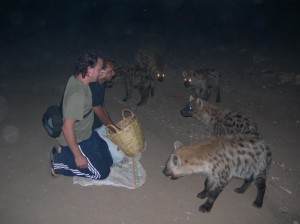
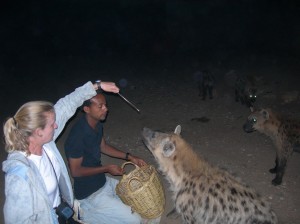
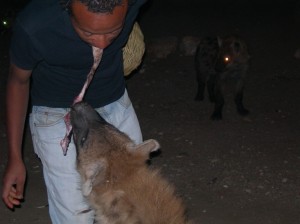
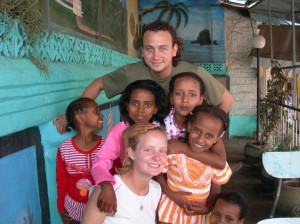
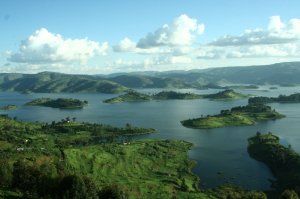
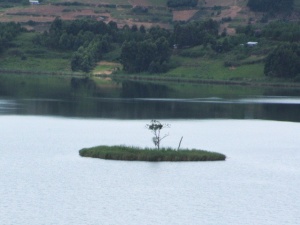

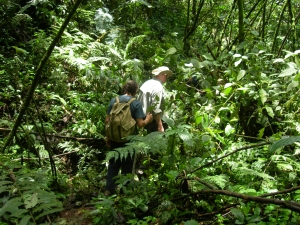


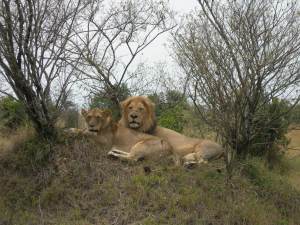
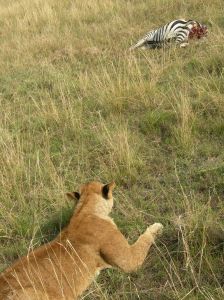

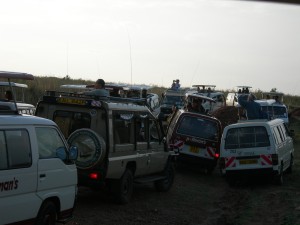

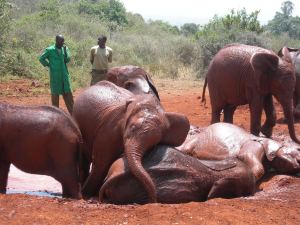
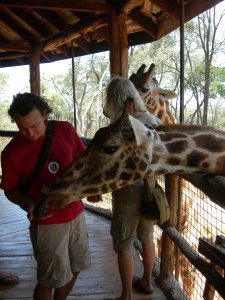
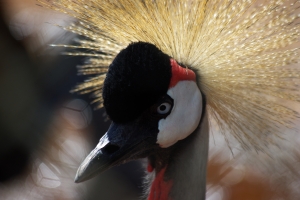
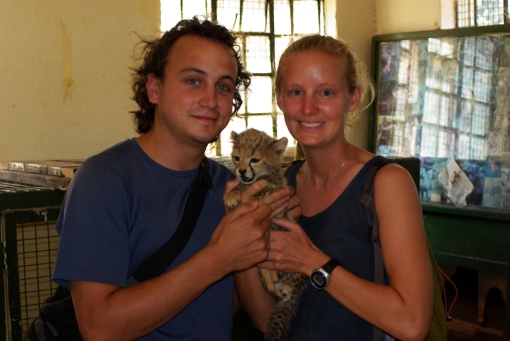






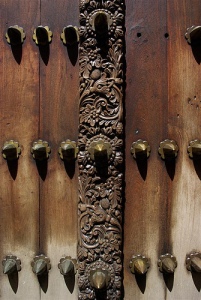





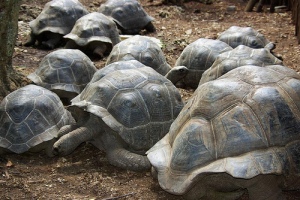



Recent Comments